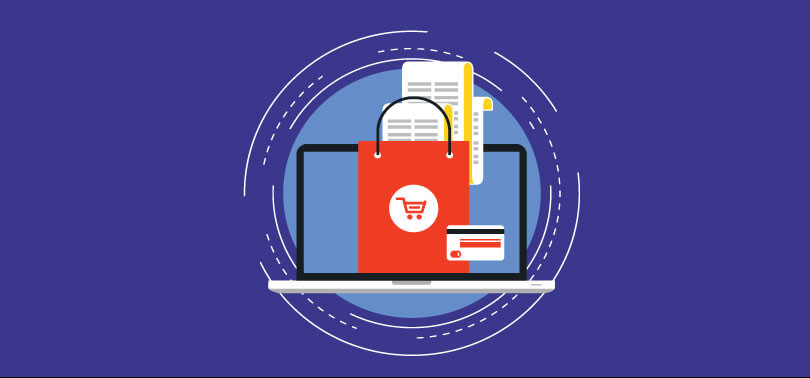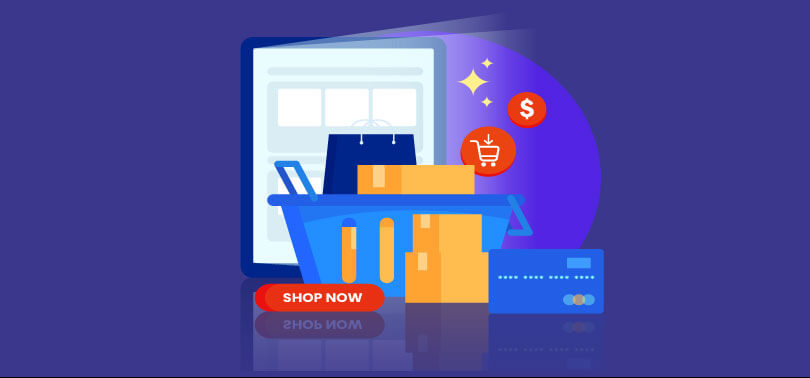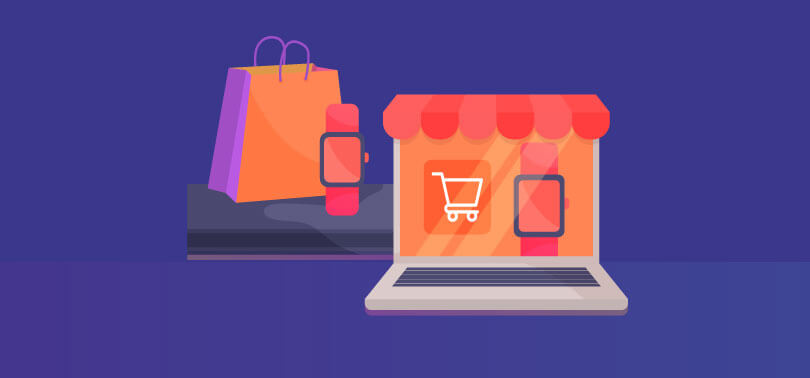Online food delivery websites have always been a huge hit among the masses from the very beginning. The ongoing COVID-19 pandemic has only accelerated their popularity and taken it to another level. With the pandemic ravaging the entire world there has been a sharp rise in the use of online ordering services such as UberEats, Zomato, FoodPanda and many others.

The customers actually enjoy the access to a wide range of food options that they can get to delivered to their doorsteps. The third-party apps in association with the online ordering websites are reaching out to the people in every nook and corner of the different cities in the world. This particular feature is very helpful for the smaller / lesser-known restaurants and startups. The smaller restaurants /eateries and startups do not have a lot of budget to promote their establishments through advertisements. The online food ordering websites are perfect for them as they are cheaper than traditional advertisements and apart from generating more sales they also do the job advertisements by taking these small lesser-known places to the customers far and wide.
The online ordering systems are great for restaurants in general because they take away the heaviest burden for many of the restaurants – the burden of getting the food delivered. These online ordering sites are partnered with various third party delivery apps. They provide the software, help set up your menu, send customers your way and even deliver the food.
However, building a food delivery app has its own set of disadvantages and is not so easy to be designed. One might end up giving away a percentage of their profits if they are not mindful or they do not the process / the secrets. Building your online food delivery website can thus be a bit tricky.
In the following passages we would be going through a basic set of dos and don’ts that we must follow if we to make our own online food delivery systems:
Choosing the right platform:
The first step and the most important step is to decide the platform on which the online ordering website has to be built. Prior technical knowledge and any previous experience in designing websites will definitely have an added advantage as it would be easier to understand what features / design elements that the online ordering website must have.
While choosing the platforms, one must see to it that the platform is affordable / falls within his budget range. It must be flexible, i.e., it must work on different operating systems and it should also be easy to learn how to use it.
Setting Up :Once the website platform has been selected, then starts the difficult part. For this part it is better if one has a fair idea about the process of website building. One should at least have the knowledge of how to purchase a domain name and the hosting plan, and how to set up the email account that is going to be associated with the actual website.
Here’s are a few basic tips to explain how to choose domain name, get hosting and set up the email id :

Choosing a domain name :The business needs to choose a domain name for their business first and the domain name must match with their restaurant’s name. If by chance the domain selected is already taken / already existent then try adding anything like adding the city/town/are name into the domain name to make it a bit different from the real one, while keeping it as close as possible to the original one. It must also be remembered that the restaurant must try to buy / own the “.com” version of their domain, since most of the people are used to typing the “.com” web addresses while typing address into their web browsers.
Get hosting :Once a domain name has been chosen it is time to choose a hosting plan. If someone is using WordPress, then they need to find a hosting provider that has dedicated WordPress Hosting services. The plans made for WordPress are often easier to set up, faster and generally more secure.
Set up email :The last and the final step is the email set up. To set up the email, one needs an email id anchored by their domain name (for, e.g., kolkata@restaurantname.com). This helps the restaurant send promotional and other mails from the official handle / official email id of the restaurant instead of using a Gmail, Hotmail, yahoo and other such mail ids. It creates a good image of the restaurant as sending email and online ordering notifications to your customers, from a branded email address is any day a better idea instead of using the regular @Gmail or @Outlook address and also it gives a better and much more professional feel.Now that the website is ready, here is a list of a few points that one must have in mind once the website is ready and while giving the final touches:
Step 1: Find a suitable theme for the website
Find a WordPress theme that suits going the look, feel, and the vibe of the restaurant. This helps in attracting the customer’s attraction and thus increase the chances of a restaurant getting the most orders. In this step once can take the help of Google search to get a fair bit of an idea as to how the other places have found their own WordPress themes.
The design of the website should be easy to use and hence the theme of the website should also be of the kind that is easy to navigate. It must have bold and clearly visible / easily intelligible call-to-action buttons for ordering, and must plenty of space for large display images.

Step 2: Choose payment modes
An online ordering website must have the option of using all the different kind of payment methods / modes that are generally used at most of the restaurants. The website should thus be compatible with all the different types of payment gateways and must have the necessary infrastructure.
Step 3: Products placement
Once the above-mentioned steps are completed have and all the general website settings and payment options are sorted, its time to create the food items / menu for purchase. In this step the restaurant will be setting up the name of each food item, write an effective product description including the ingredients, add photos, and set the price. This is the final menu that will be displayed in the website.
These were just some of the basic tips and tricks of developing an online food ordering website. There are still a plenty of ways and things that needs to be taken care of if someone is planning to open their own local food delivery website. Building one’s own online food delivery website that allows them to take orders and process payment can help them save money by eliminating the need to pay up any third-party service providers. The steps mentioned above, can help in giving a basic idea about developing an online food ordering website. One can definitely customize the user experience according to their customers and create a website that simplifies their delivery process for the customers.